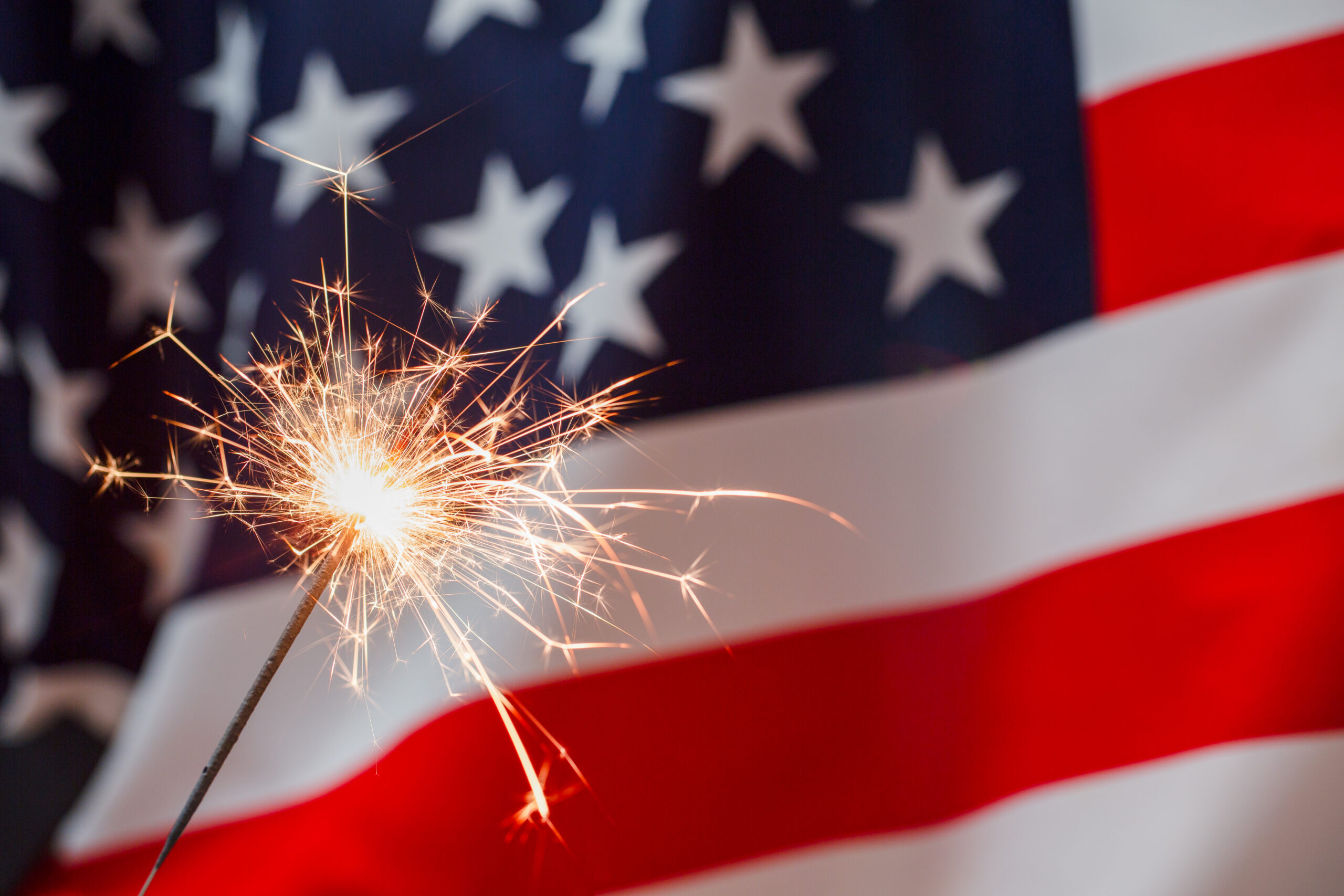By Steve Aaron
In 2026, the United States turns 250, a birthday that will be marked with nationwide celebrations, including a monumental Fourth of July bash. For communicators, this milestone is more than an anniversary. It is a national stage for brands to connect their heritage to the values that define them today, yet I fear too few brands are planning for it.
The semiquicentennial will be full of historical tributes and patriotic moments, for sure. But this is much more than the stories shared in Broadway’s Hamilton. The businesses and their brands that have shaped American life for generations deserve a voice in the conversation that reflects their unique contributions to our culture. The challenge is finding a way to do it with authenticity and relevance.
That’s why it’s critical brands — ranging from companies and colleges to nonprofits — develop a plan and strategy now, so they are ready to meet the moment when the calendar turns.
Learning from Legacy Brands
I have spent much of my career helping leaders and institutions tell stories about purpose, progress, and public service. Early in my career, I worked for Pennsylvania Governor Tom Ridge, whose pride in the state’s innovation and craftsmanship left a lasting impression on me. He loved to say that “we make stuff in Pennsylvania, and we make it well.” Pennsylvania has always been a place where hard work and creativity come together, from steel and chocolate to education and energy. Those industries helped shape not just the economy but the character of the people who built them. That connection between industry and identity continues to influence how I think about brand storytelling today.
At Avoq, we often tell clients that storytelling focused on a brand’s history only works when it speaks to the present. History and heritage alone will not move audiences. What matters is how a company’s story reflects the qualities people value now.
As a proud Pennsylvania native, I can’t help but cheer for the brands that helped shape both my state and my country. Three of them — Martin Guitars, Hershey, and Heinz — prove the point. Together, they have been part of the American story for nearly five centuries. Each demonstrates how history can inform purpose.
- Martin Guitars has been handcrafting instruments in Pennsylvania since 1833, building a reputation for quality, innovation, and artistry. From Elvis to Dylan to John Mayer, its iconic instruments helped define American music. Martin has maintained a commitment to craftsmanship and family stewardship for nearly two centuries. That spirit of excellence and dedication to community continues to resonate today, inspiring musicians and audiences alike.
- Hershey shifted production at its factories during World War II to make ration bars for soldiers. Milton Hershey built local infrastructure during the Great Depression to create jobs. That legacy of purpose lives on in how the company invests in its community today through the remarkable Milton Hershey School and the new Hershey Trust initiatives supporting education and families.
- Heinz faced a major labor strike in the 1930s and came back stronger by improving worker conditions and benefits. That same sense of responsibility endures through Kraft Heinz’s global sustainability and hunger-relief efforts, which continue to link its brand to fairness and care for people.
These examples show that heritage storytelling is not about nostalgia. It is about reminding audiences that the principles that built a company still matter today.
A Modern Playbook for 2026
Approaching the 250th as just another marketing moment will feel opportunistic instead of authentic. Smart brands will lead with creativity and conviction. Companies that prepare now will be able to tell stories that feel both historic and current.
Here is what that requires:
- Reimagine archives. Use short-form video, social storytelling, and interactive digital experiences to make historic moments feel fresh and accessible.
- Highlight people. Feature longtime employees, local partners, or family legacies that show a brand’s human side.
- Align history with action. Connect past achievements to current initiatives on sustainability, innovation, or community impact.
- Engage credible voices. Collaborate with influencers, creators, and historians who can help bridge the past and present.
- Join national efforts. Partner with America250 commissions, museums, and local events to share stories that complement the broader celebration.
These steps turn history into a living asset. They invite audiences to see not only where a company came from but where it is going.
Why It Matters Now
When Governor Ridge helped launch America250PA, he said it was a moment to celebrate “what we have built together.” He was right. But for brands, it is also a chance to show Americans how they are strengthening the country’s next chapter.
The 250th will be crowded with voices. Those who plan ahead, invest in creative storytelling, and show how their heritage connects to modern values will stand out. For communicators, it is a rare moment where history, strategy, and purpose meet — a chance to use the past to build credibility for the future. Brands that recognize this now will shape how America remembers them for the next 250 years. That’ll get you plenty of music, chocolate, and ketchup!
Steve Aaron is a Partner on Avoq’s Public Affairs team.




